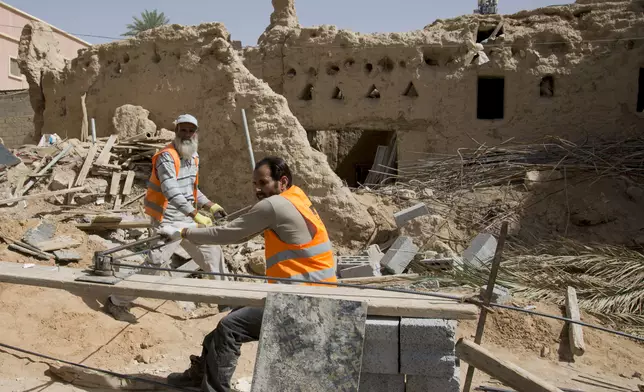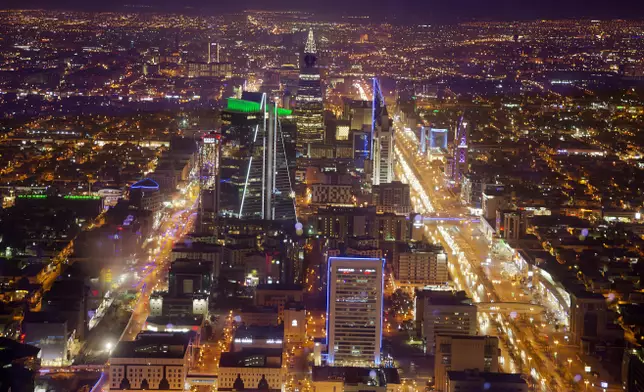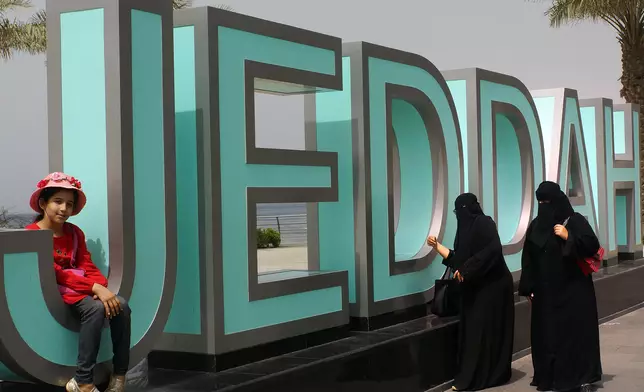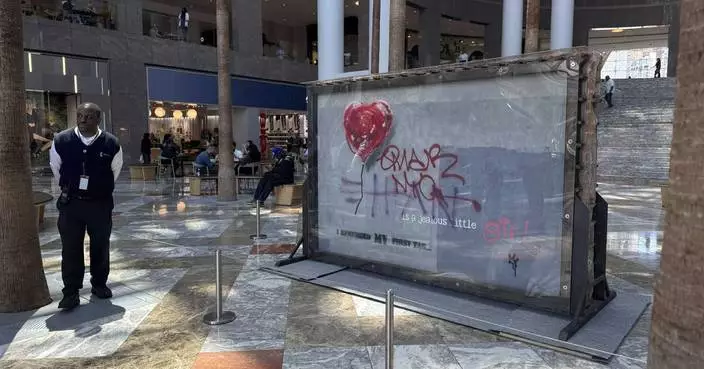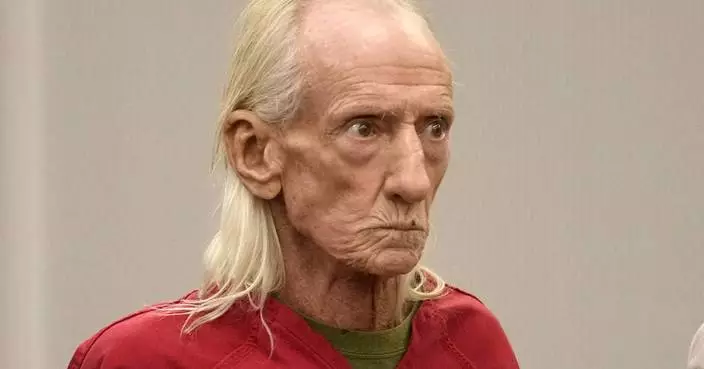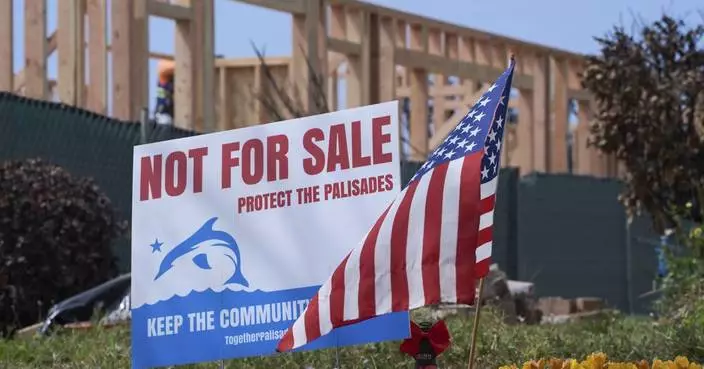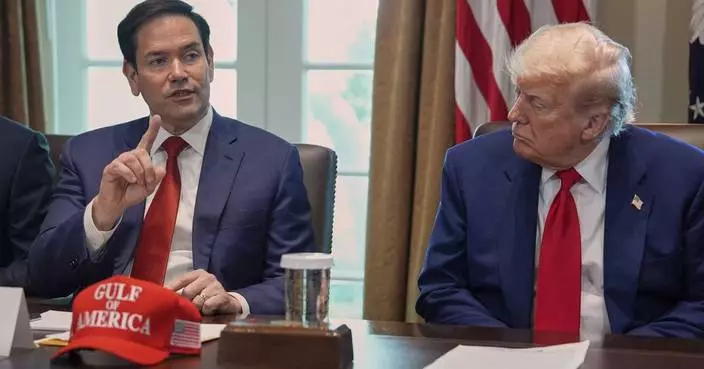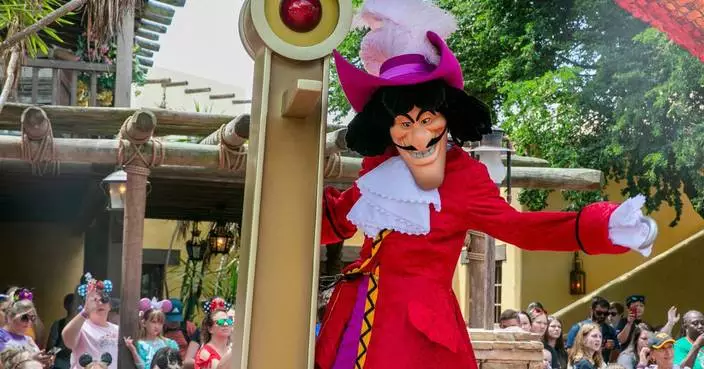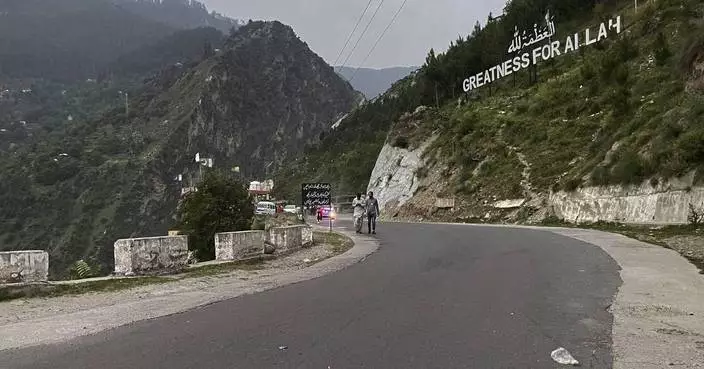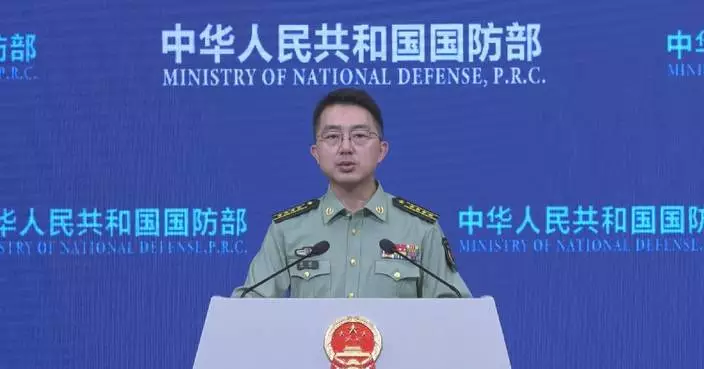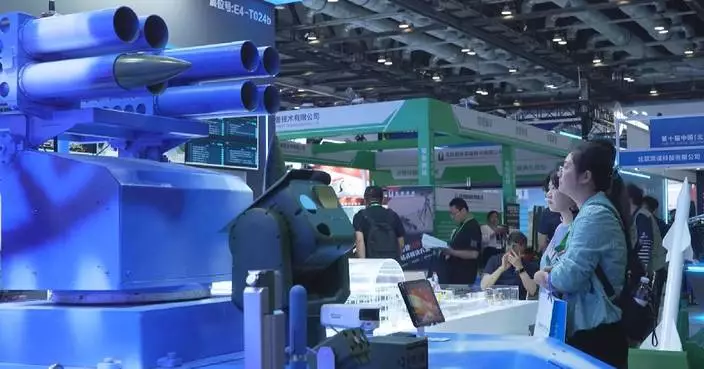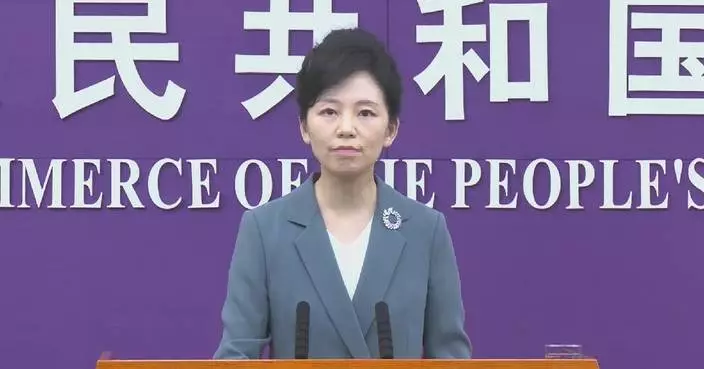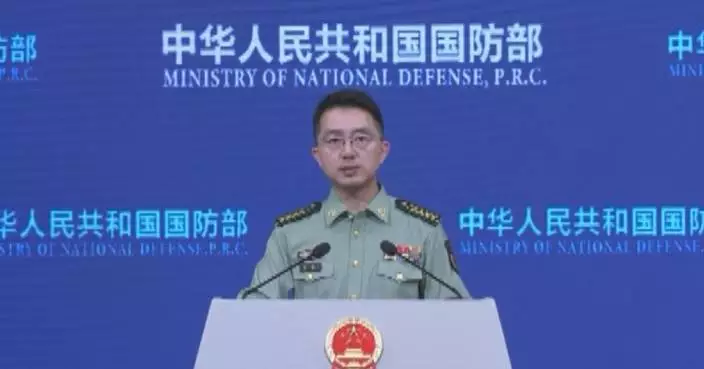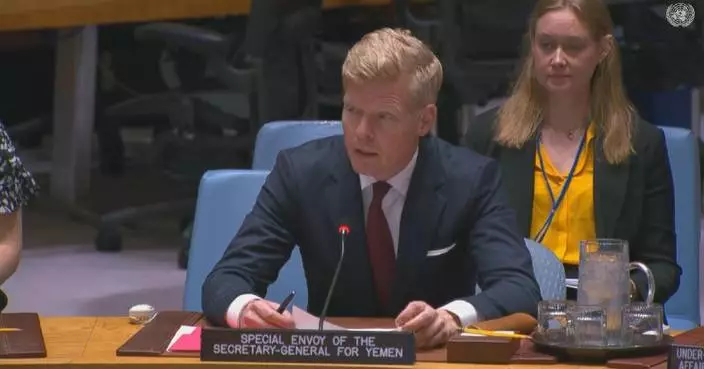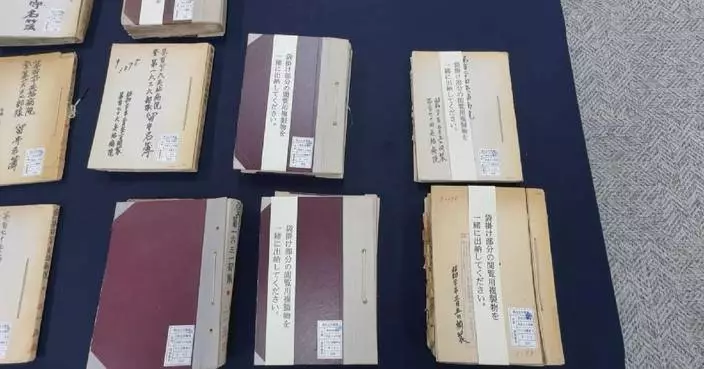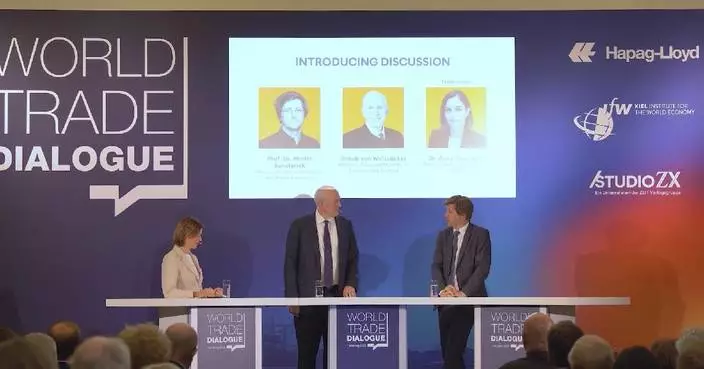Just outside Saudi Arabia's capital Riyadh, a group of elementary school children are on a field trip at Diriyah, where engineers and construction workers are busy restoring a 17th-century fortress, mosques and clay-colored structures that were once the ruling family's seat of power.

In this March 8, 2018 photo, workers restore the Al Sarreha Mosque in the 18th century Diriyah fortified complex, that once served as the seat of power for the ruling Al Saud, in Riyadh, Saudi Arabia. (AP Photo/Amr Nabil)
The UNESCO World Heritage site lies in a conservative, arid patch of the country and is unlikely to feature high on any bucket lists for world travelers, but the kingdom is hoping to alter perceptions as it prepares to open the country to tourist visas and international tour groups later this year.
Click to Gallery
In this March 8, 2018 photo, workers restore the Al Sarreha Mosque in the 18th century Diriyah fortified complex, that once served as the seat of power for the ruling Al Saud, in Riyadh, Saudi Arabia. (AP Photo/Amr Nabil)
In this March 8, 2018 photo, visitors watch ancient palaces of the 18th century Diriyah fortified complex, that once served as the seat of power for the ruling Al Saud, in Riyadh, Saudi Arabia. (AP Photo/Amr Nabil)
In this March 8, 2018 photo, visitors walk in a garden at the 18th century Diriyah fortified complex, that once served as the seat of power for the ruling Al Saud, in Riyadh, Saudi Arabia. (AP Photo/Amr Nabil)
In this March 8, 2018 photo, holiday makers eat traditional Saudi food at a restaurant in the18th century Diriyah fortified complex, that once served as the seat of power for the ruling Al Saud family, in Riyadh, Saudi Arabia. (AP Photo/Amr Nabil)
In this March 9, 2018 photo, general view showing Riyadh city taken from Mamlaka tower, a 99-story skyscraper, in Riyadh, Saudi Arabia. (AP Photo/Amr Nabil)
In this March 9, 2018 photo, a woman slides as she visits the "Snow City" in the Al-Othaim Mall, in Riyadh, Saudi Arabia. (AP Photo/Amr Nabil)
In this Feb. 25, 2018 photo, Muslim pilgrims walk around the Kaaba, the cubic building at the Grand Mosque, during the minor pilgrimage, known as Umrah, in the Muslim holy city of Mecca, Saudi Arabia. (AP Photo/Amr Nabil)
In this March 2, 2018 photo, visitors of the new Jiddah Corniche watch an object with the name of the city, in Jiddah, Saudi Arabia. (AP Photo/Amr Nabil)
Diriyah lies at the heart of Saudi Arabia's efforts to both control the narrative of its past for future generations of Saudis and to revamp its image to curious world travelers.
It's an especially important site to the ruling Al Saud family because it's here where the first Saudi dynasty was founded in the 15th century. The architecture here is associated with the tribes of Najd, the landlocked region in the heart of the Arabian Peninsula that is now home to Riyadh and surrounding cities.
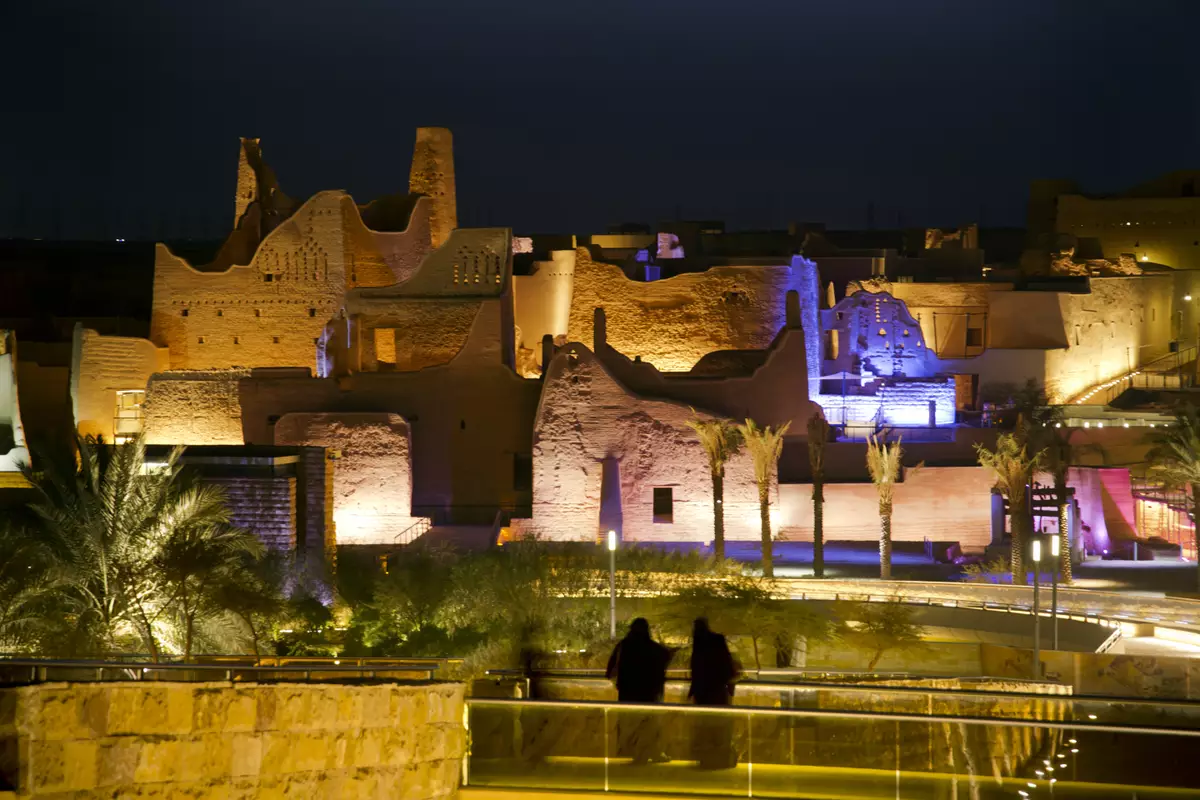
In this March 8, 2018 photo, visitors watch ancient palaces of the 18th century Diriyah fortified complex, that once served as the seat of power for the ruling Al Saud, in Riyadh, Saudi Arabia. (AP Photo/Amr Nabil)
In the 18th century, Diriyah rose to become once again the center of power for the Al Saud, but fell under Ottoman control in the early 19th century. It would take more than a century for the Al Sauds to reclaim Diriyah and found the current Saudi state— named after its ruling family.
Today, much of Diriyah remains closed to the public as authorities work to restore it to its former glory — except this time fitted with the modern comforts of air conditioning and plumbing. The area around the fortress resembles a modern desert oasis with palm trees, parks, restaurants and coffee shops, drawing young Saudis and families in the cooler months looking for green, open spaces away from the congested streets of Riyadh.
"There is an amazing amount of history here," said Chris Brooks, who frequently comes to Riyadh on business. With a few hours to spare between meetings, he decided to visit Diriyah and take some photos to share with his family back in the U.K.
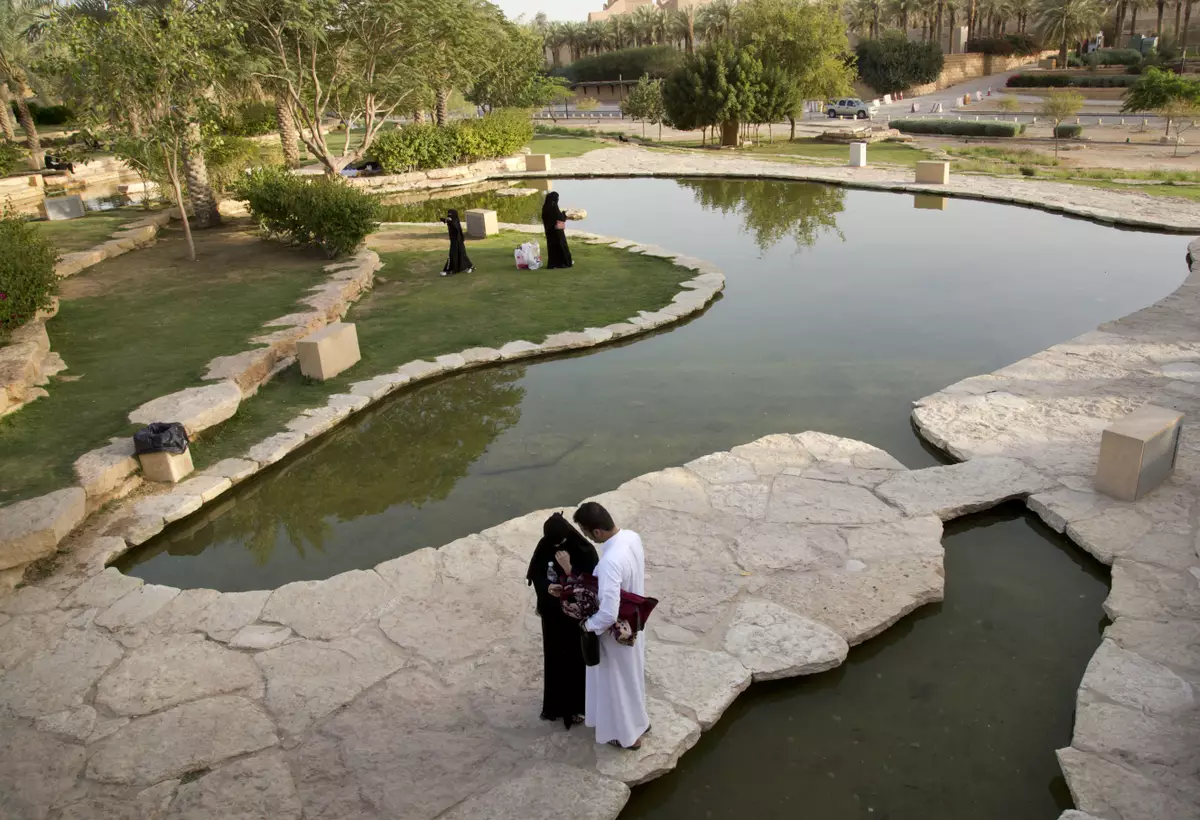
In this March 8, 2018 photo, visitors walk in a garden at the 18th century Diriyah fortified complex, that once served as the seat of power for the ruling Al Saud, in Riyadh, Saudi Arabia. (AP Photo/Amr Nabil)
Still, it's not a place he'd encourage his family to visit just yet.
"It's going to take some convincing families to want to come here," he said. "To open up, you need it to be more welcoming, more accessible. It takes a lot of time to get a visa to come here and if they address those issues then I think, yeah, more people will come here. There is just so much to see."
For the kingdom's 32-year-old heir to the throne, Crown Prince Mohammed bin Salman, Diriyah is part of a much larger national project to overhaul the country's economy and make it more resilient in the face of lower oil prices. Boosting domestic spending and opening the country to foreign tourists are seen as ways to create more jobs for the millions of young Saudis who will be entering the workforce and looking for jobs in the coming years.
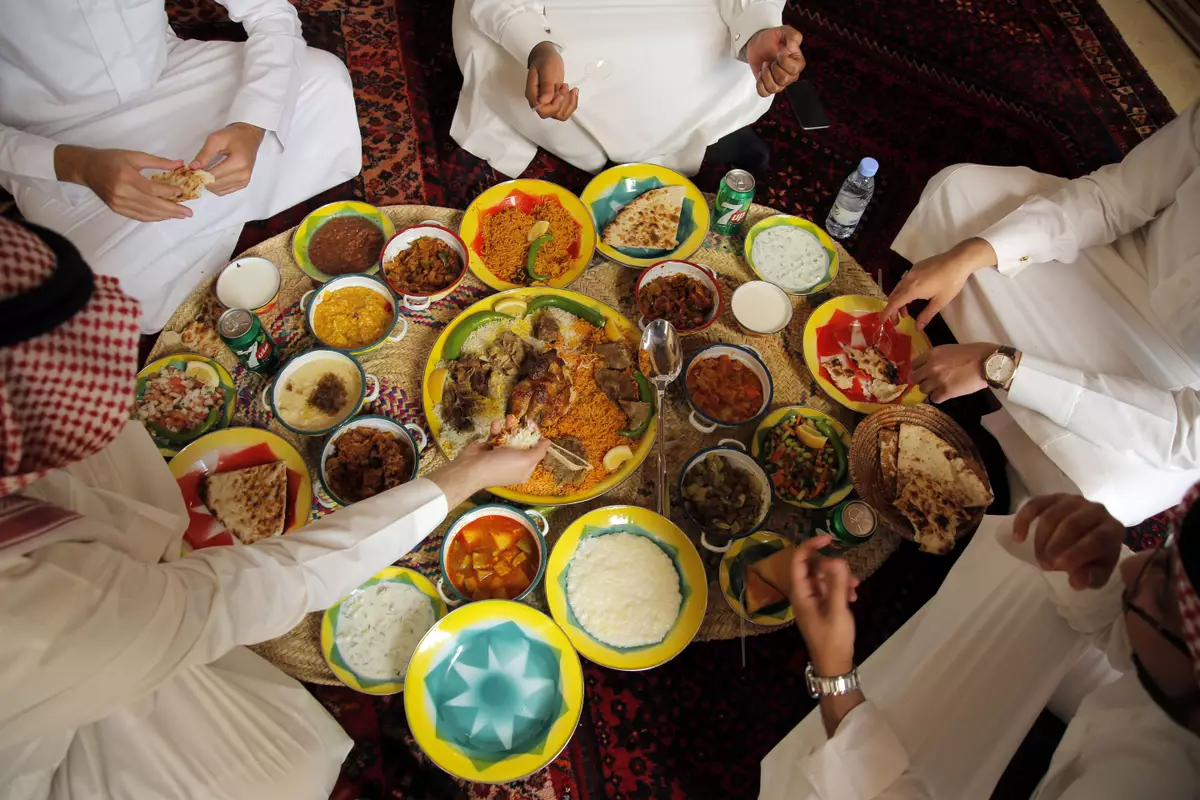
In this March 8, 2018 photo, holiday makers eat traditional Saudi food at a restaurant in the18th century Diriyah fortified complex, that once served as the seat of power for the ruling Al Saud family, in Riyadh, Saudi Arabia. (AP Photo/Amr Nabil)
The religiously conservative country ran a pilot program between 2006 and 2010 welcoming around 25,000 visitors annually to see Saudi Arabia's ancient archaeological sites and vast landscapes of mountains, coastline, valleys, volcanoes and deserts.
Though Saudi Arabia may seem an unlikely destination for a holiday, it boasts regions where ancient Christian and Jewish communities once thrived, historic forts, a stunning Red Sea coastline and a diverse culture molded by ancient trade and pilgrimage routes.
Saudi tourism authorities are planning to open five museums inside Diriyah and a research center named after Sheikh Mohammed Ibn Abdul-Wahhab, whose ultraconservative teachings of Islam in the 18th century are widely referred to as "Wahhabism" in his name.

In this March 9, 2018 photo, general view showing Riyadh city taken from Mamlaka tower, a 99-story skyscraper, in Riyadh, Saudi Arabia. (AP Photo/Amr Nabil)
Abdul-Wahhab was a pivotal figure in the foundation of the current Saudi state who helped the Al Saud family conquer tribes by using both the sword and the gospel. His legacy, however, is also associated with some of the most extreme interpretations of Islam that have been used to justify killings by al-Qaida and the Islamic State group.
A descendent of Abdul-Wahhab, Abdulmajeed Al-Sheikh, has worked as a tour guide in Diriyah for the past 12 years. He says the research center will be a place for Islamic scholars and academics to learn about the principles of Abdul-Wahhab's teachings and how he helped unite disparate Arab tribes under the banner of Islam.
In a short presentation shown to visitors of Diriyah, Abdul-Wahhab is described as a moderating force — as someone who revived the true teachings of Islam that were first revealed to Prophet Muhammad in Mecca some 1,400 years ago.

In this March 9, 2018 photo, a woman slides as she visits the "Snow City" in the Al-Othaim Mall, in Riyadh, Saudi Arabia. (AP Photo/Amr Nabil)
"His words basically say that if you don't do this you should be killed. You're a non-believer. It's not an obscure part of his writing," said David Commins, a professor at Dickinson College in Pennsylvania and scholar on Islam in Saudi Arabia. "For them to rewrite the creed of Ibn Abdel-Wahhab and say it's something else they're going to have to do some heavy editing."
For Saudi visitors, the center could serve as a way to reinterpret Abdul-Wahhab's teachings as the crown prince pushes forth social reforms that curb the influence of Wahhabism. For foreigners, it's a way for the government to put forth its own narrative about one of the country's most controversial figures.
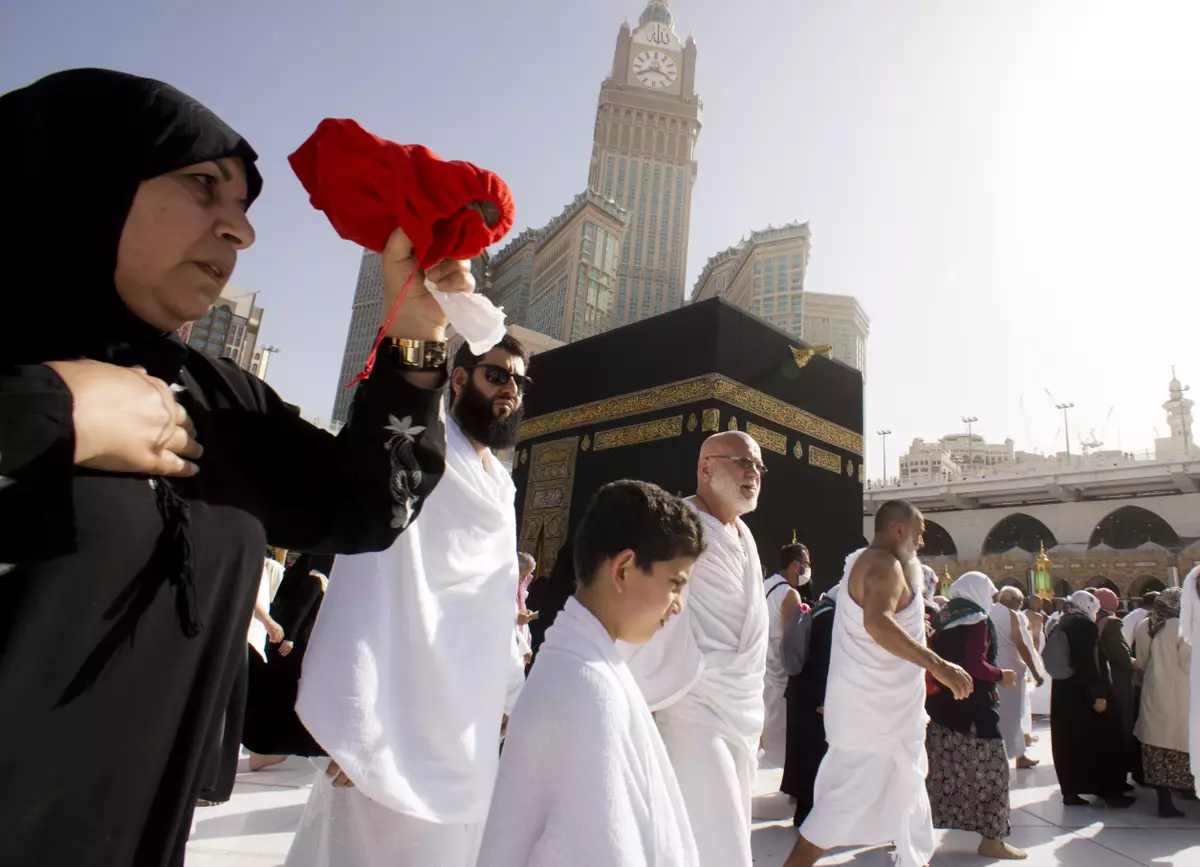
In this Feb. 25, 2018 photo, Muslim pilgrims walk around the Kaaba, the cubic building at the Grand Mosque, during the minor pilgrimage, known as Umrah, in the Muslim holy city of Mecca, Saudi Arabia. (AP Photo/Amr Nabil)
Natana DeLong-Bas, a professor at Boston College and the author of "Wahhabi Islam," says that for more than a decade the kingdom's rulers have been trying to create a sense of "wasatiya and wataniya" or moderation and patriotism among Saudi citizens.
"Religion is welcome as something that drives morals and ethics, but it is not going to be as linked to state activities as it has in the past," she said.
Tourism official Salah Altaleb, who's overseeing investments in the tourism sector, said visits to sites like Diriyah will help tourists "correct" the image they may have of Saudi Arabia.

In this March 2, 2018 photo, visitors of the new Jiddah Corniche watch an object with the name of the city, in Jiddah, Saudi Arabia. (AP Photo/Amr Nabil)
"Once they come here and see the country, I think the marketing literature tells us that they would go back and tell their family and friends and relatives about what they experienced and things will start to change then," he said.
AUSTIN, Texas (AP) — Cinco de Mayo festivities are taking place across the U.S. with music, tacos, tequila and colorful displays of Mexican culture — even if they're not always the most authentic.
The day falls on a Monday this year, meaning the bulk of the celebrations took place over the weekend. In California, a state with a large Mexican American population, there was a mix of art displays, classic car shows, parades and food truck offerings.
In Austin, Texas, events included an opportunity for children to get their photo taken with characters from the Disney animated musical “Encanto," which was inspired by Colombian culture but celebrates broader Latino cultures. A luncheon with speakers talking about the significance of the Mexican holiday and Mexican Americans in Austin was planned for Monday.
Here's a look at the celebration and its roots:
Cinco de Mayo marks the anniversary of the 1862 victory by Mexican troops over invading French forces at the Battle of Puebla. The triumph over the better-equipped and much larger French troops was an enormous emotional boost for Mexican soldiers led by Gen. Ignacio Zaragoza.
In Mexico, historical reenactments are held annually in the central city of Puebla to commemorate the victory. Participants dress as Mexican and French troops, and as Zacapoaxtlas — the Indigenous and farmer contingent that helped Mexican troops win.
In the United States the date is seen as a celebration of Mexican American culture, stretching back to the 1800s in California. Festivities typically include parades, street food, block parties, mariachi competitions and baile folklórico, or folkloric ballet, with whirling dancers wearing bright, ruffled dresses and their hair tied with shiny ribbons.
Latino activists and scholars say that disconnect in the U.S. is bolstered by the hazy history of Cinco de Mayo, and marketing that plays on stereotypes that include fake, droopy mustaches and gigantic, colorful sombreros. The day often is mistaken for Mexican Independence Day, which is in September.
For many Americans with or without Mexican ancestry, the day is an excuse to toss back tequila shots and gorge on tortilla chips, nachos and tacos.
The celebrations in the U.S. started as a way for Mexican Americans to preserve their cultural identity, said Sehila Mota Casper, director of Latinos in Heritage Conservation.
“Since then we’ve seen a shift to more commercialization and commodification and mockery over the years," Mota Casper said. "I think that has a lot to do with the commercialization of products and especially Latino heritage.”
Mota Casper encourages people to learn about that day in history and its importance in Mexico.
Jacob Troncoza, 49, said he celebrates Cinco de Mayo in his household because he's proud of his Mexican ancestry.
“I try to make sure that the kids understand what it’s about, which was the revolution, the war, and the battles that our grandfathers fought on,” said Troncoza, who was born in east Los Angeles.
Others, like Andrea Ruiz don't because her Mexican dad never did. But she noted what she deemed the irony in widespread celebrations.
“I think it’s funny Trump … and all of his supporters want to get Mexicans out, call them criminals, but then on Cinco de Mayo, they want to go and eat tacos and drink tequila,” the 23-year-old Ruiz said.
Since returning to the White House, Trump has continued to label Mexican immigrants as criminals and gang members. He's also sought to end birthright citizenship, renamed the Gulf of Mexico to the Gulf of America and ended the federal government's diversity, equity and inclusion programs.
Trump acknowledged Cinco de Mayo during his first term, posting on X, “Happy #CincoDeMayo!” and “I love Hispanics!” as he sat with a “taco bowl.” In the last presidential election, data showed more young Hispanic men moved to the right and voted for Trump.
It's unclear if the current administration will acknowledge Cinco de Mayo — designated a holiday in Mexico but not in the United States. The Associated Press sent an email to the White House Press Office late Friday seeking comment.
Trump's handling of immigration remains a point of strength as he ramps up deportations and targets people living in the U.S. without legal status, according to a recent poll from The Associated Press-NORC Center for Public Affairs Research. While Trump’s actions remain divisive, there’s less of a consensus that the Republican president has overstepped on immigration than on other issues, the poll found.
Organizers of Chicago's Cinco de Mayo parade said they canceled it because the city has become a target for immigration agents.
Associated Press writer Jaimie Ding in Los Angeles contributed to this report.
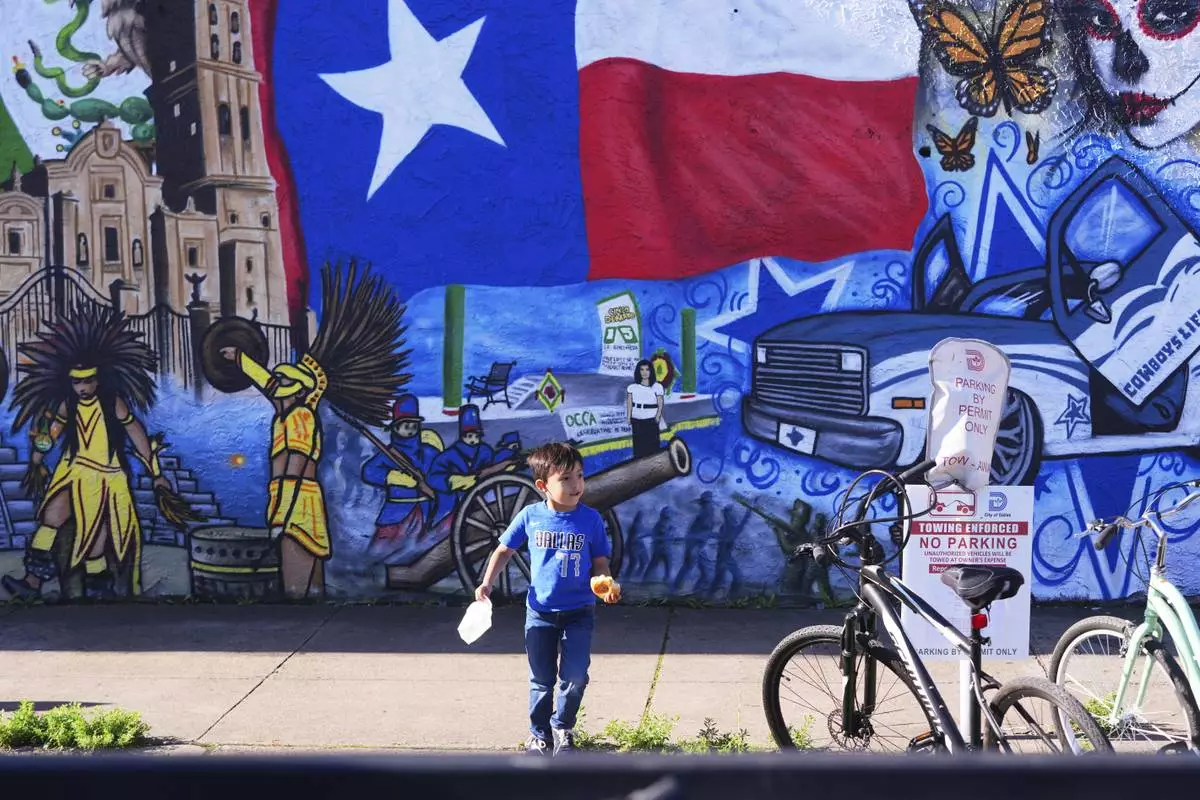
Luca Fernandez, 5, walks in front of a mural made by artist Jesus Alba to commemorate the 1862 battle of Puebla between the French and Mexican army during a Cinco De Mayo celebration in the Oak Cliff section of Dallas, May 3, 2025. (AP Photo/LM Otero)
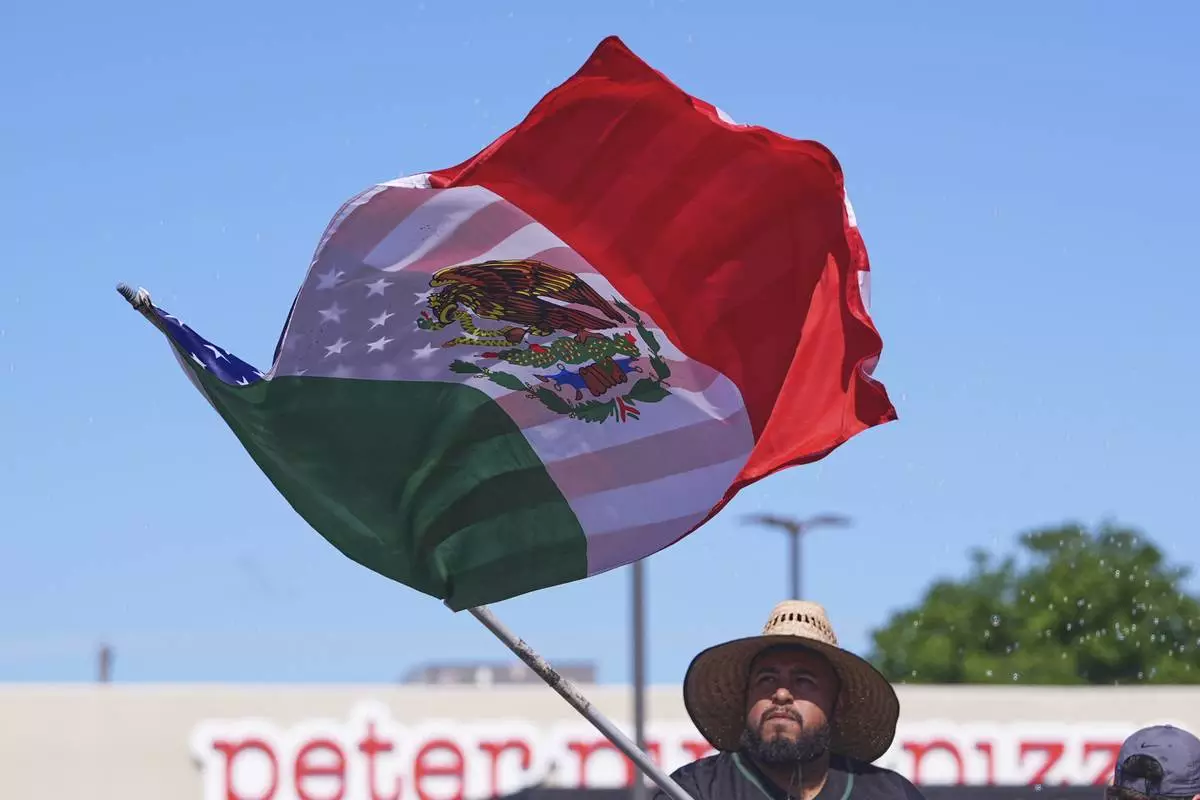
A float rider waves a U.S.-Mexico flag during a Cinco de Mayo parade in the Oak Cliff section of Dallas, Saturday, May 3, 2025. (AP Photo/LM Otero)
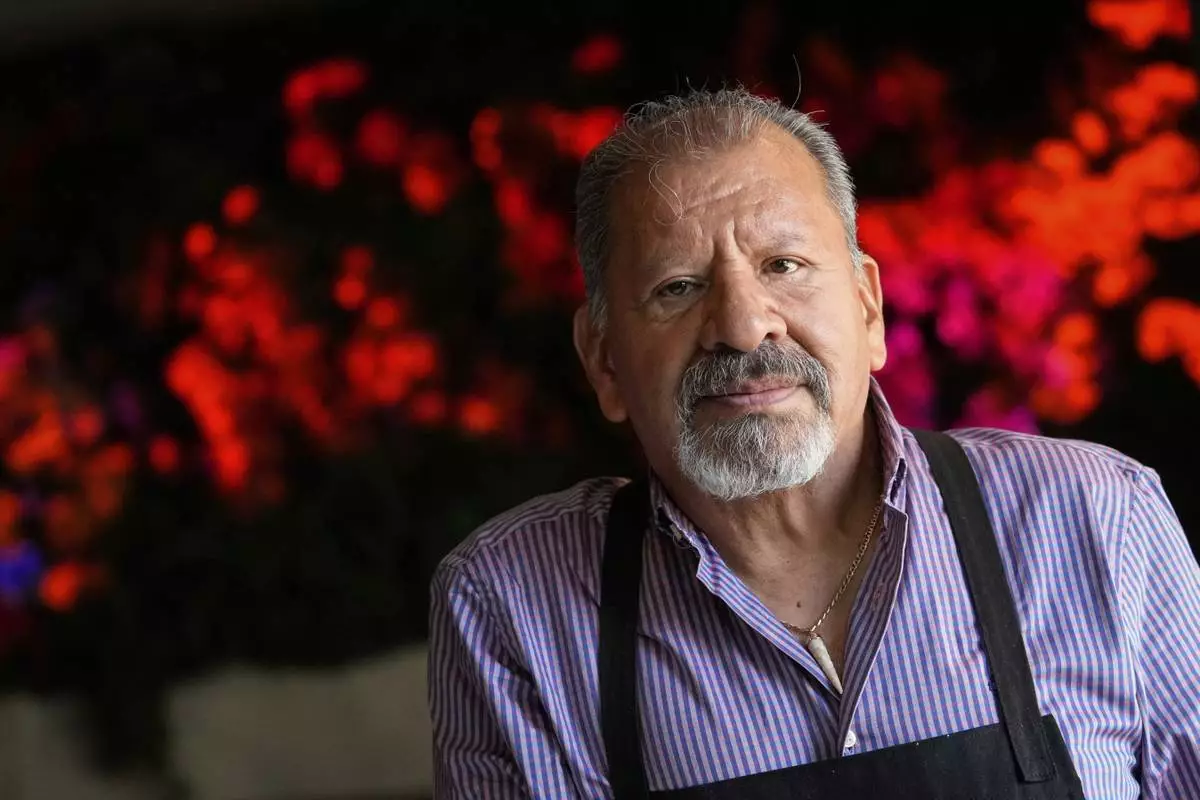
Michelin-starred Chef Mario Hernández Alonso of El Califa de León taqueria in Mexico City, stops for a photography while he prepares tacos at a Cinco de Mayo pop-up event at The Mexicano, Monday, May 5, 2025, in Phoenix. (AP Photo/Matt York)
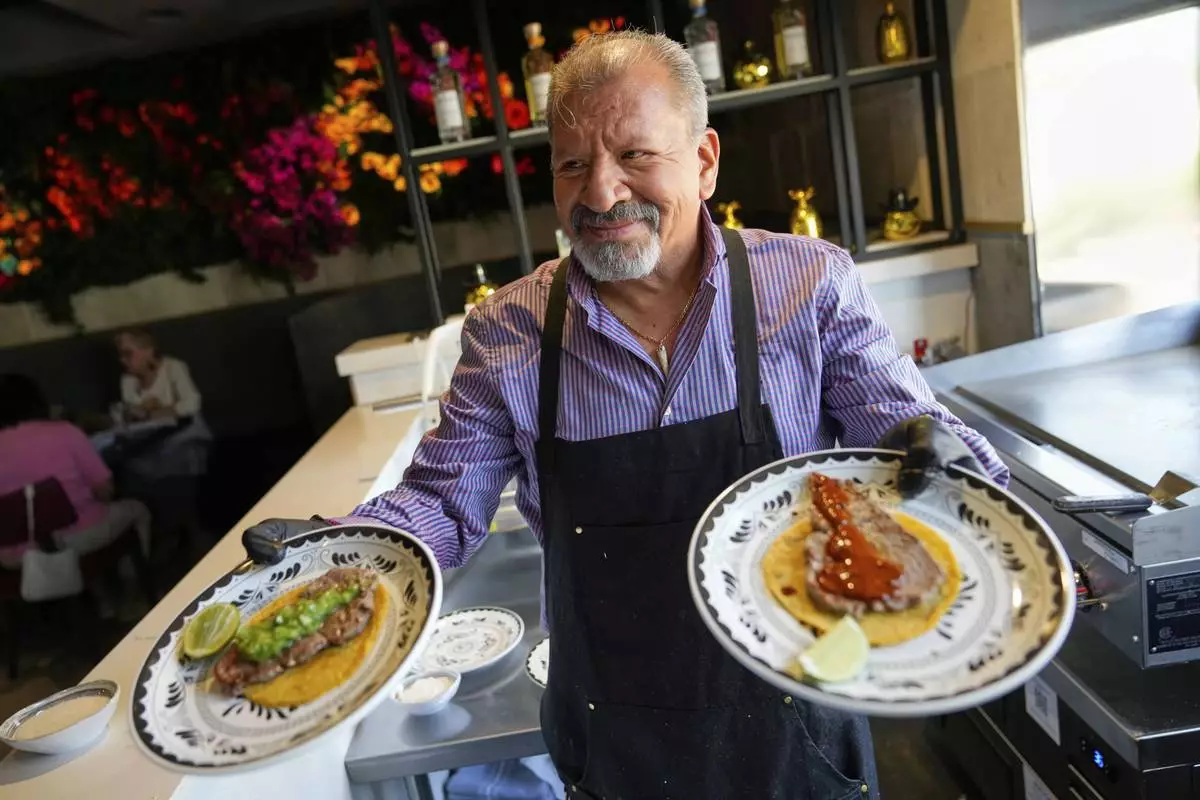
Michelin-starred Chef Mario Hernández Alonso of El Califa de León taqueria in Mexico City, prepares tacos at a Cinco de Mayo pop-up event at The Mexicano, Monday, May 5, 2025, in Phoenix. (AP Photo/Matt York)

Children pick up candy during a Cinco de Mayo celebration at the Yorktown Spanish School in Dallas, Monday, May 5, 2025. (AP Photo/LM Otero)
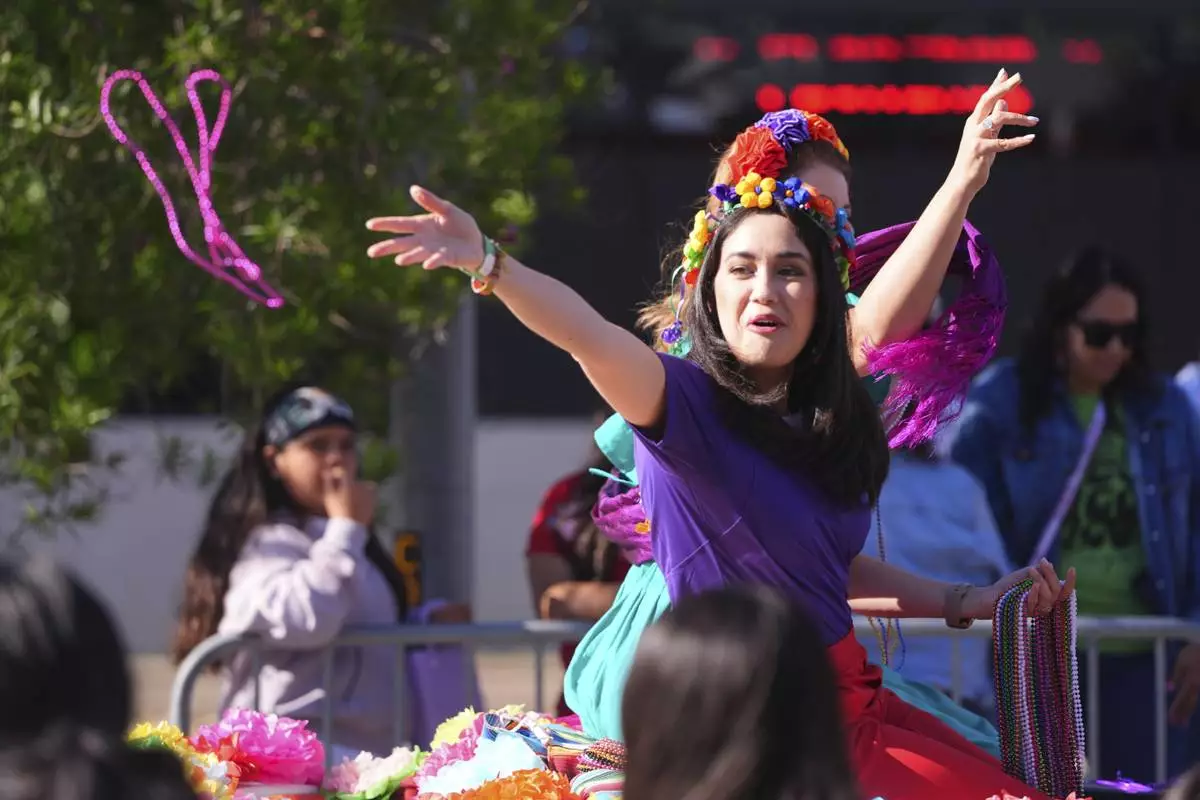
Beads are tossed from a float during a Cinco de Mayo parade in the Oak Cliff section of Dallas, Saturday, May 3, 2025. (AP Photo/LM Otero)
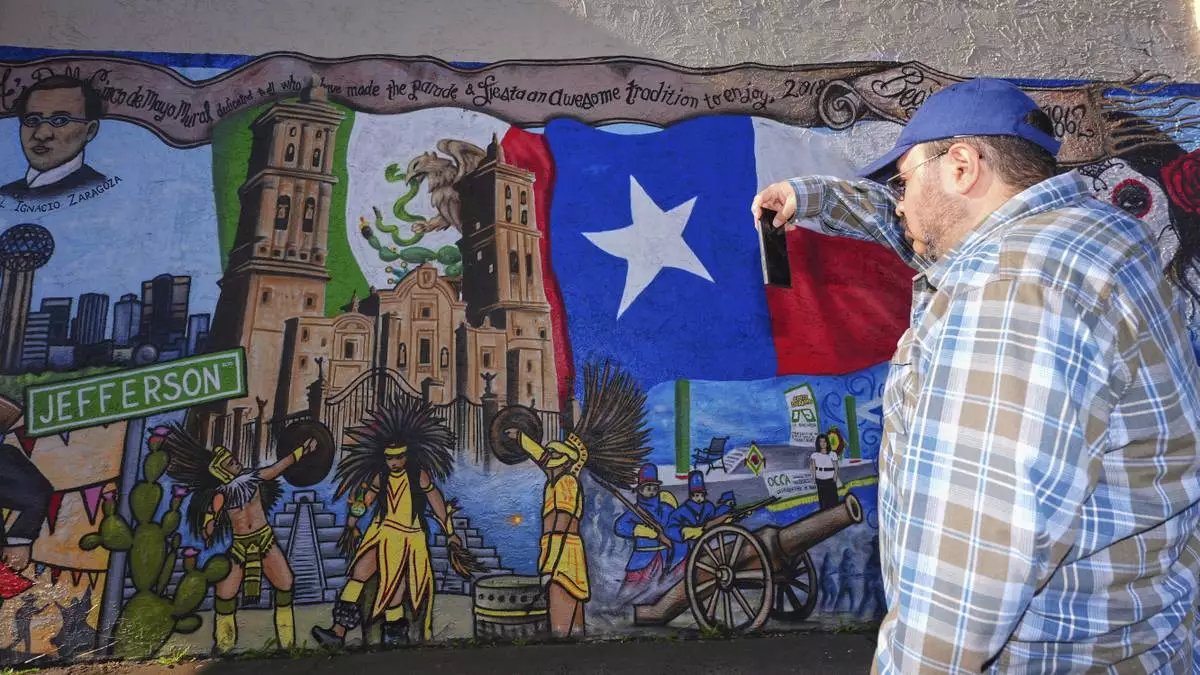
Rolando Salas, originally for Mexico, photographs a mural made by artist Jesus Alba to commemorate the 1862 battle of Puebla between the French and Mexican army during a Cinco De Mayo celebration in the Oak Cliff section of Dallas, May 3, 2025. Salas called the May 5th holiday, "A celebration of us." (AP Photo/LM Otero)
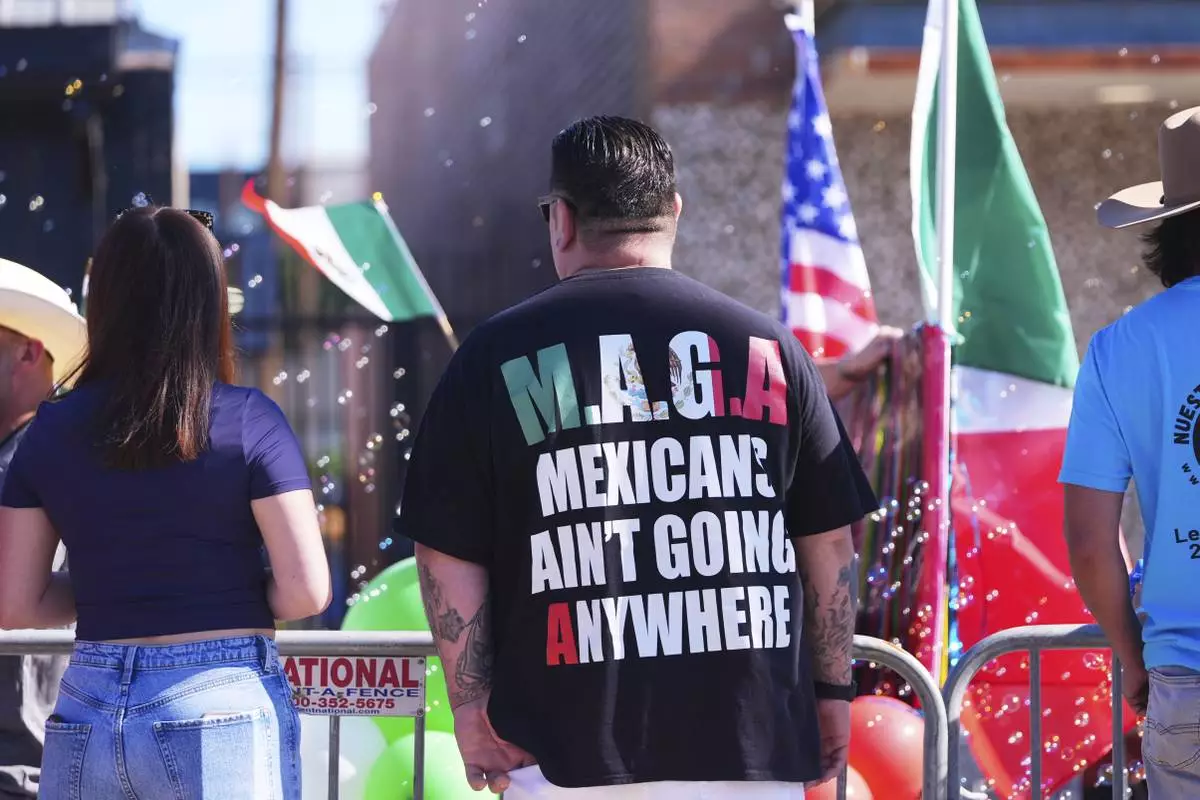
Vincent Ramirez's shirt expresses his thoughts as he watches a Cinco de Mayo parade in the Oak Cliff section of Dallas, Saturday, May 3, 2025. (AP Photo/LM Otero)

Eleven-year-olds Kataleah Mendez, right, and Angelica Juarez pose for a photo with the low rider car that appeared in the movie Selena parked for display during a Cinco de Mayo celebration in the Oak Cliff section of Dallas, Saturday, May 3, 2025. (AP Photo/LM Otero)
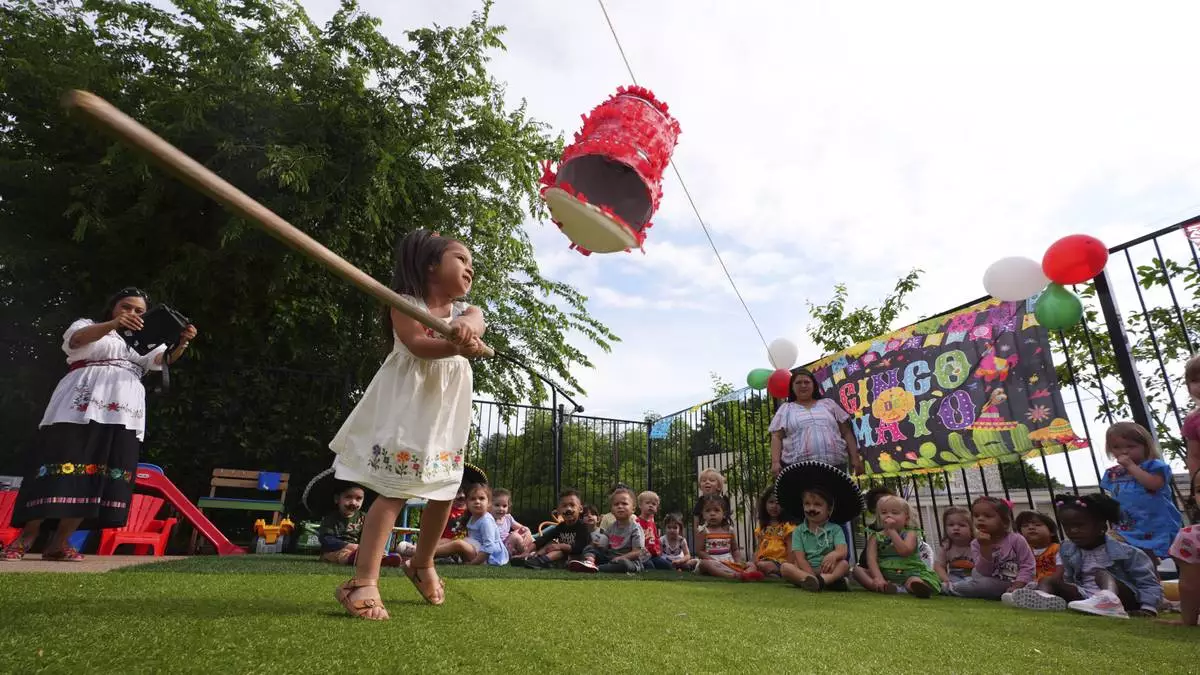
Victoria Jasso, 2, swings at a piñata during a Cinco de Mayo celebration at the Yorktown Spanish School in Dallas, Monday, May 5, 2025. (AP Photo/LM Otero)
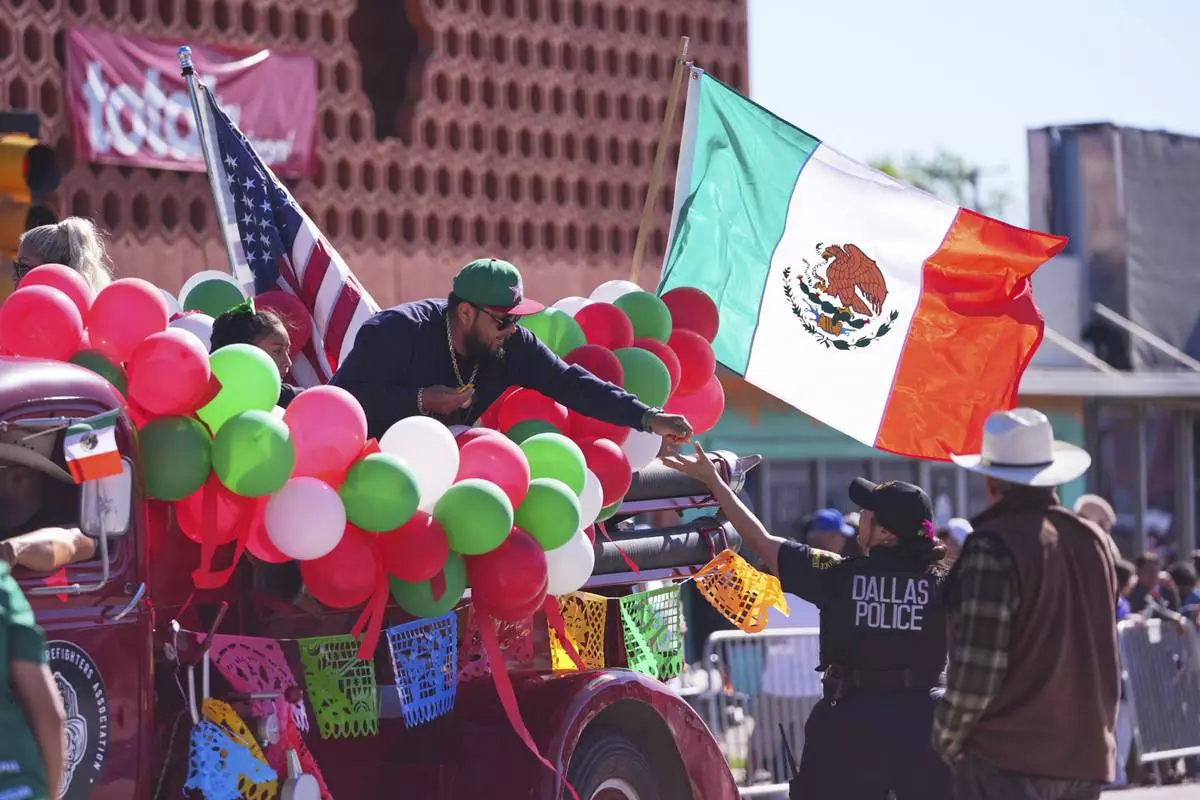
A float rider hands candy to a Dallas police officer during a Cinco de Mayo parade in the Oak Cliff section of Dallas, Saturday, May 3, 2025. (AP Photo/LM Otero)
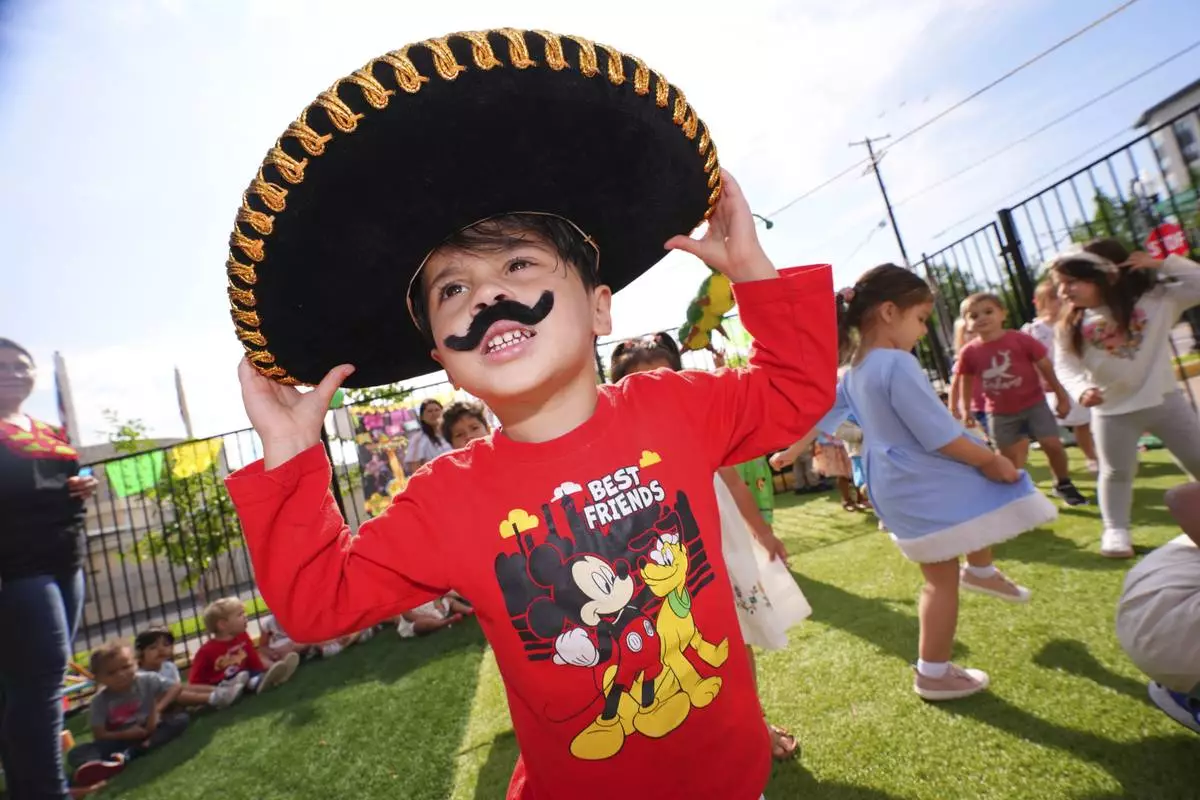
Saul Garcia, 3, wears a sombrero during a Cinco de Mayo celebration at the Yorktown Spanish School in Dallas, Monday, May 5, 2025. (AP Photo/LM Otero)
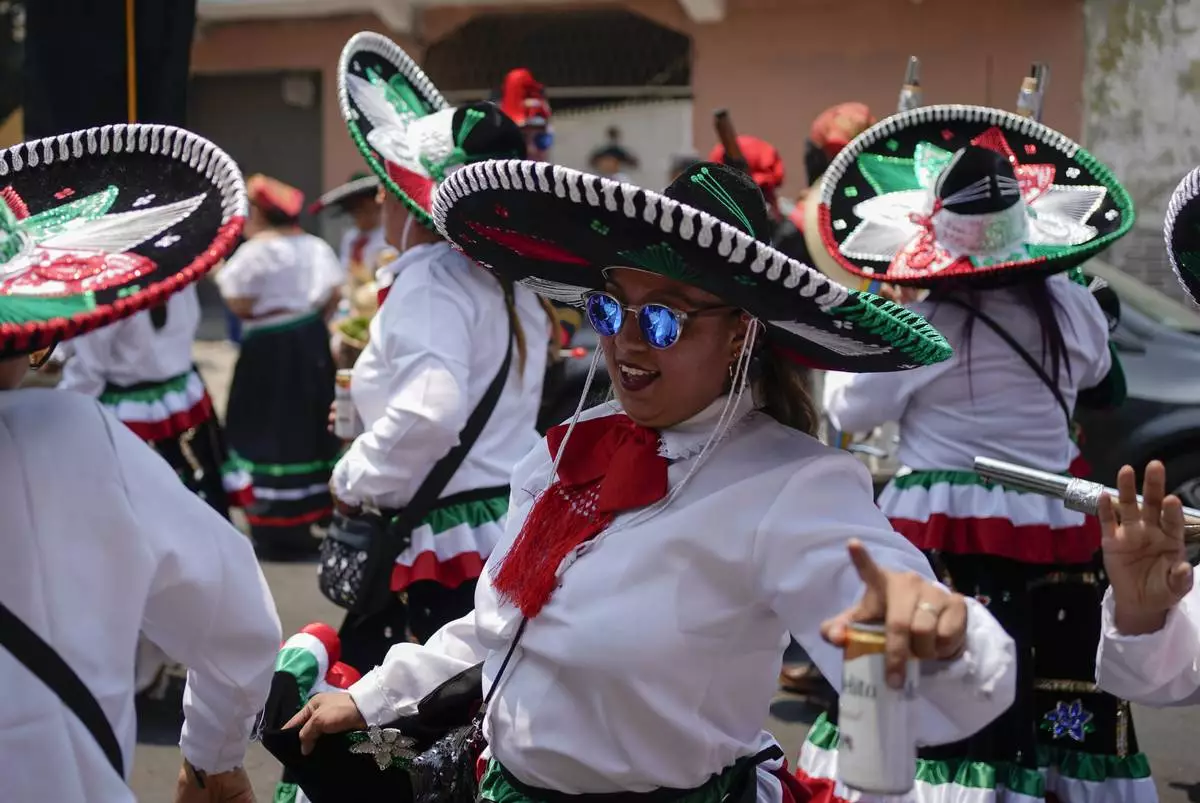
FILE - Women dance during a re-enactment of The Battle of Puebla as part of Cinco de Mayo celebrations in the Peñon de los Baños neighborhood of Mexico City, May 5, 2022. (AP Photo/Eduardo Verdugo, File)
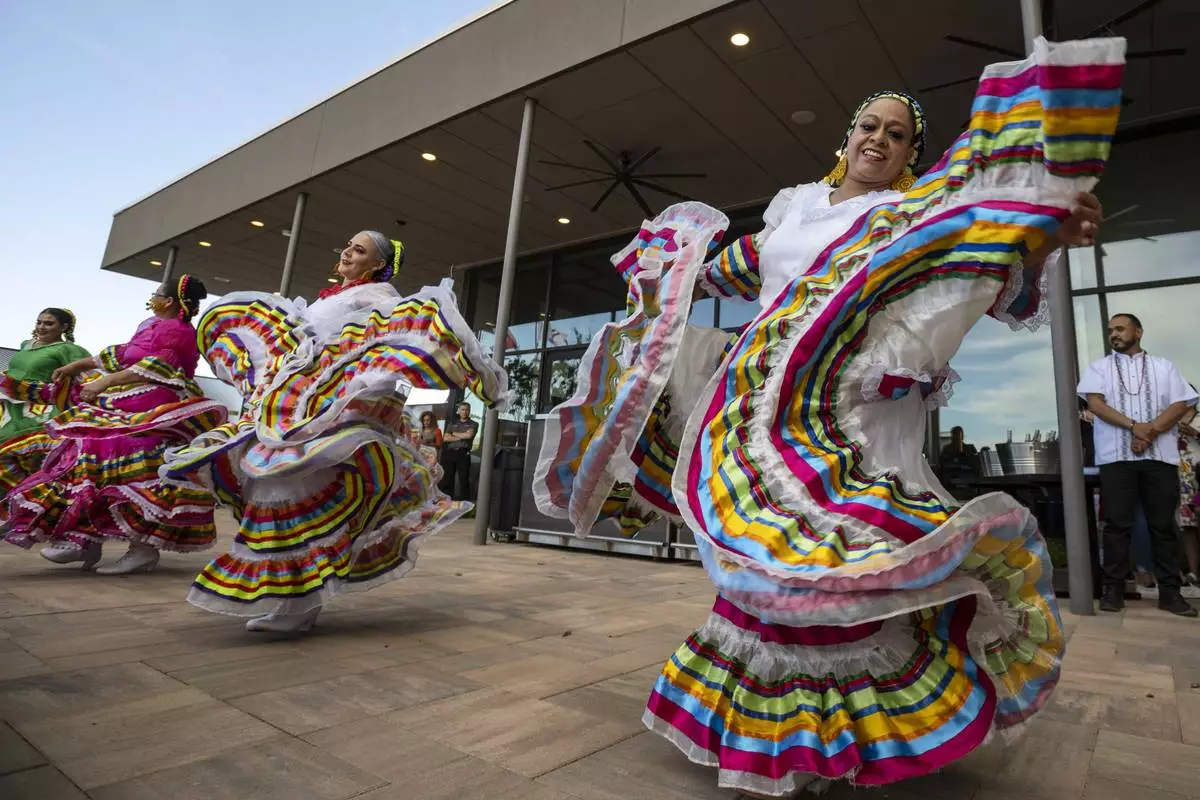
FILE - Folklorico dancers from the group Viva Mexico perform their routine during a Cinco de Mayo celebration and mixer hosted by the Odessa Hispanic Chamber of Commerce at the Odessa Marriott Hotel and Convention Center, May 5, 2021, in Odessa, Texas. (Eli Hartman/Odessa American via AP, File)











